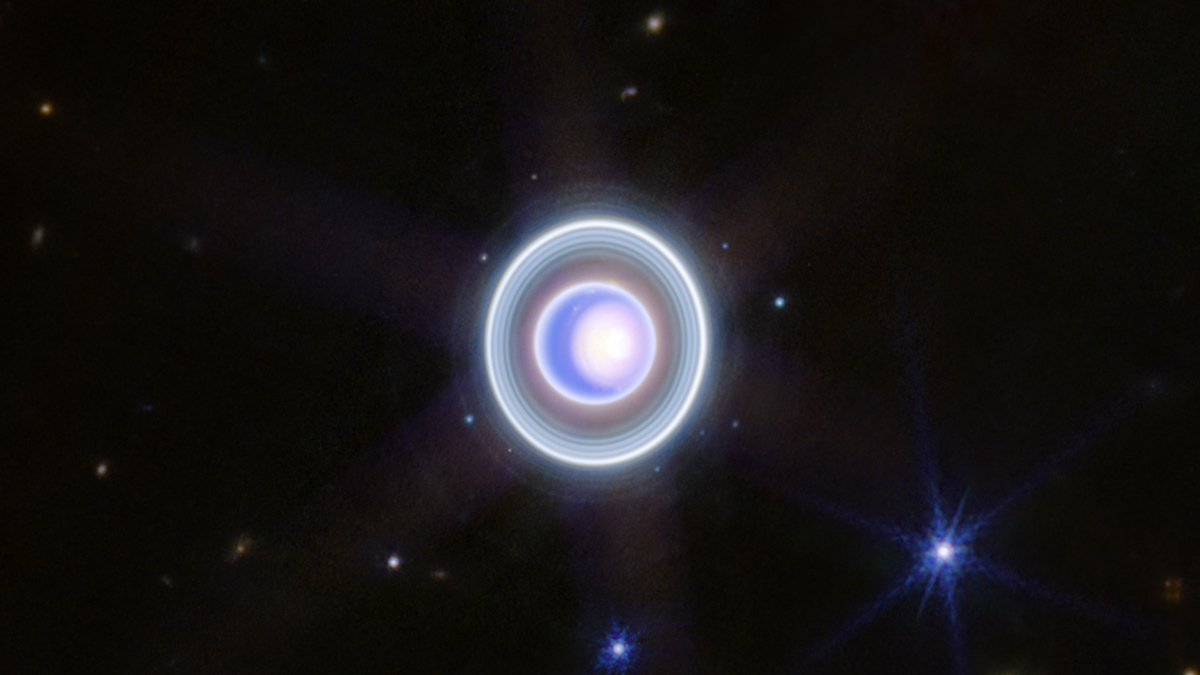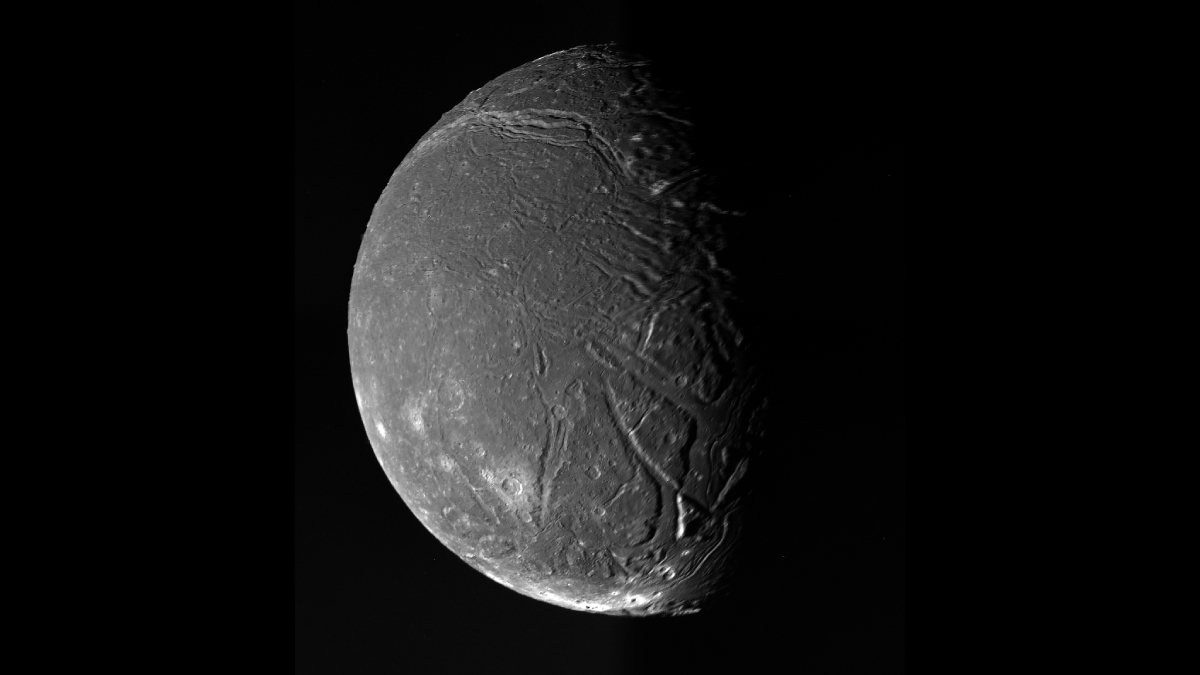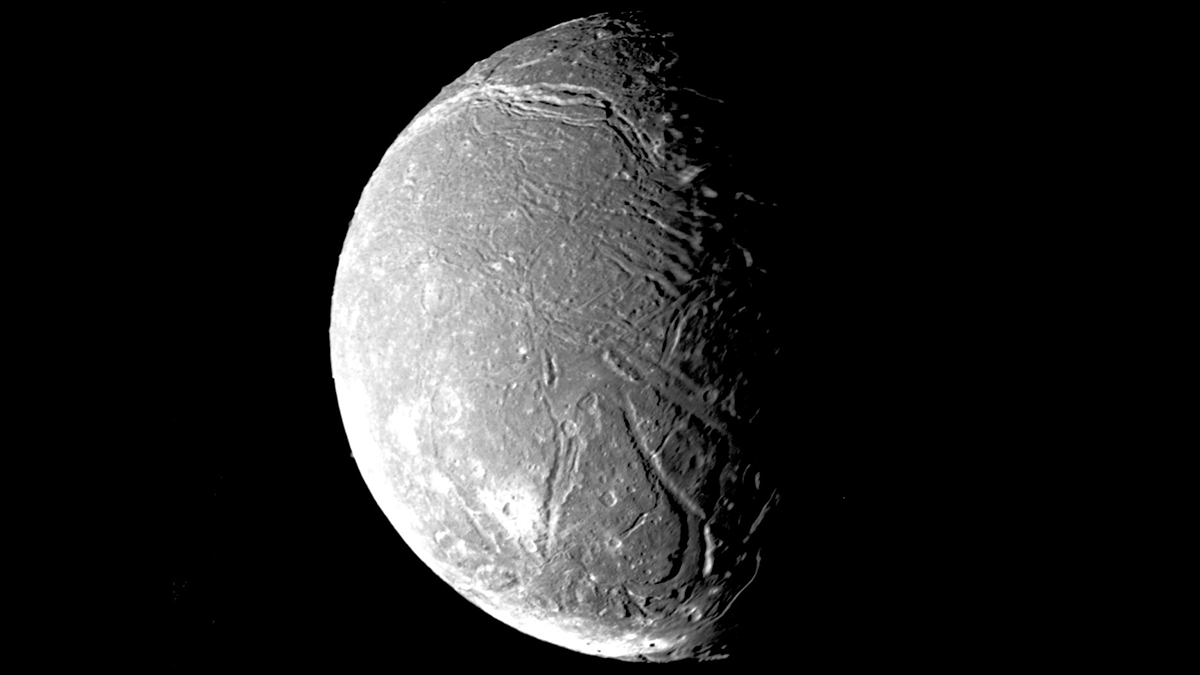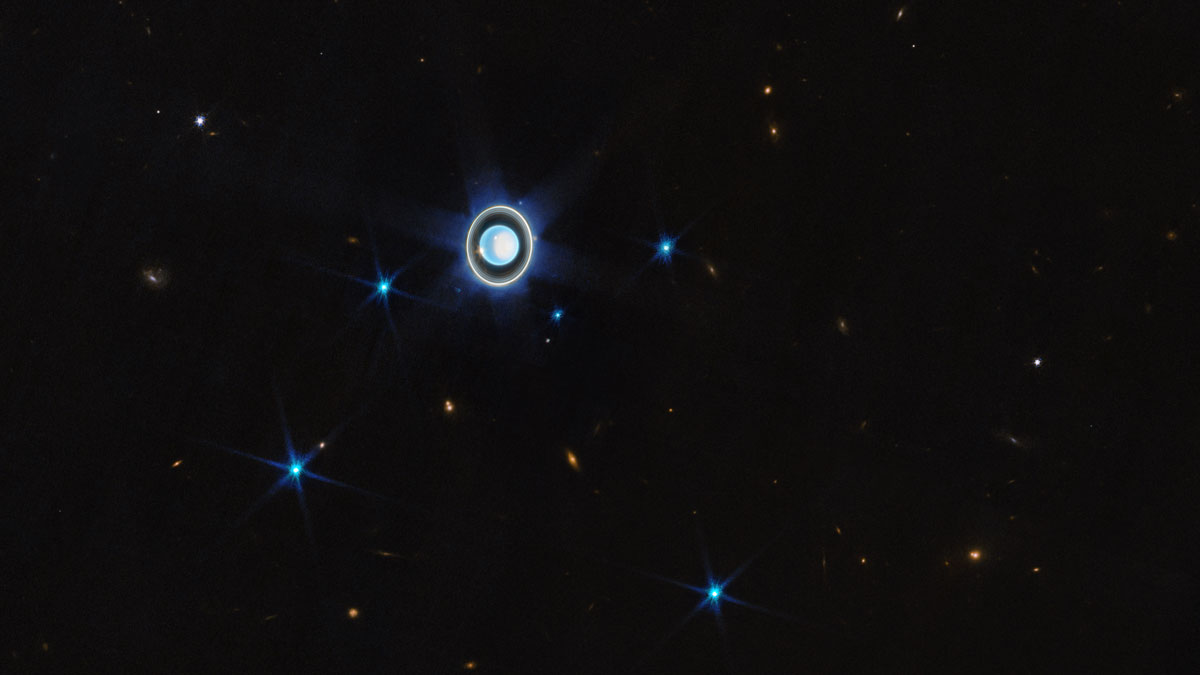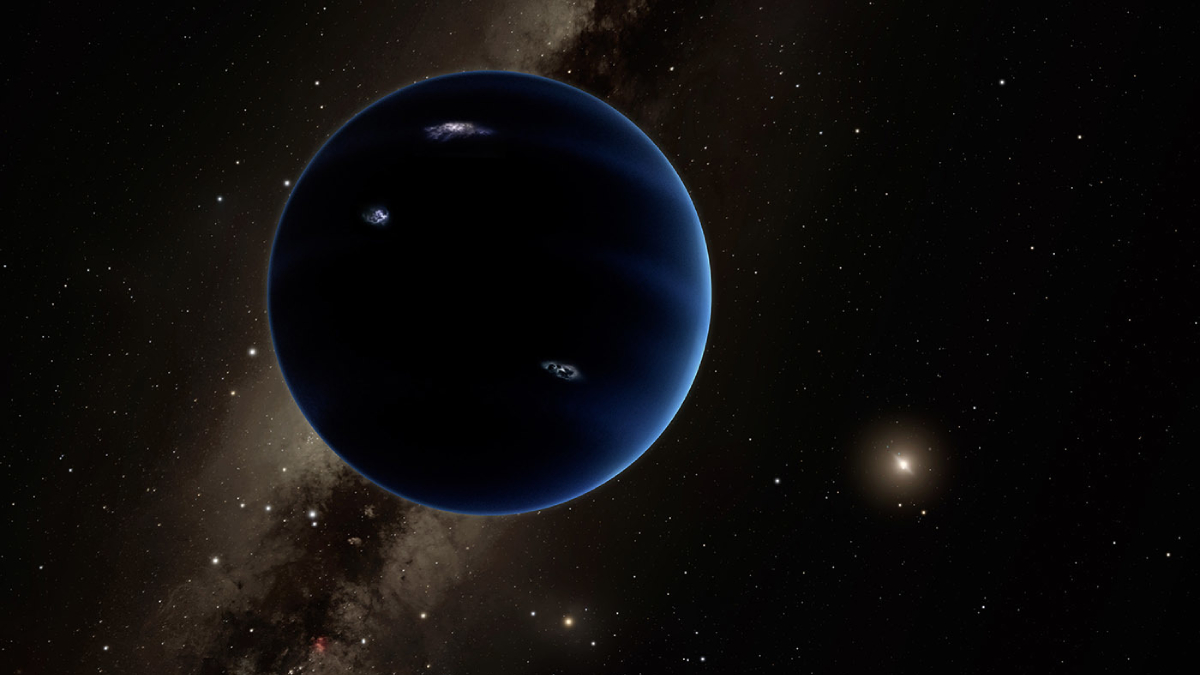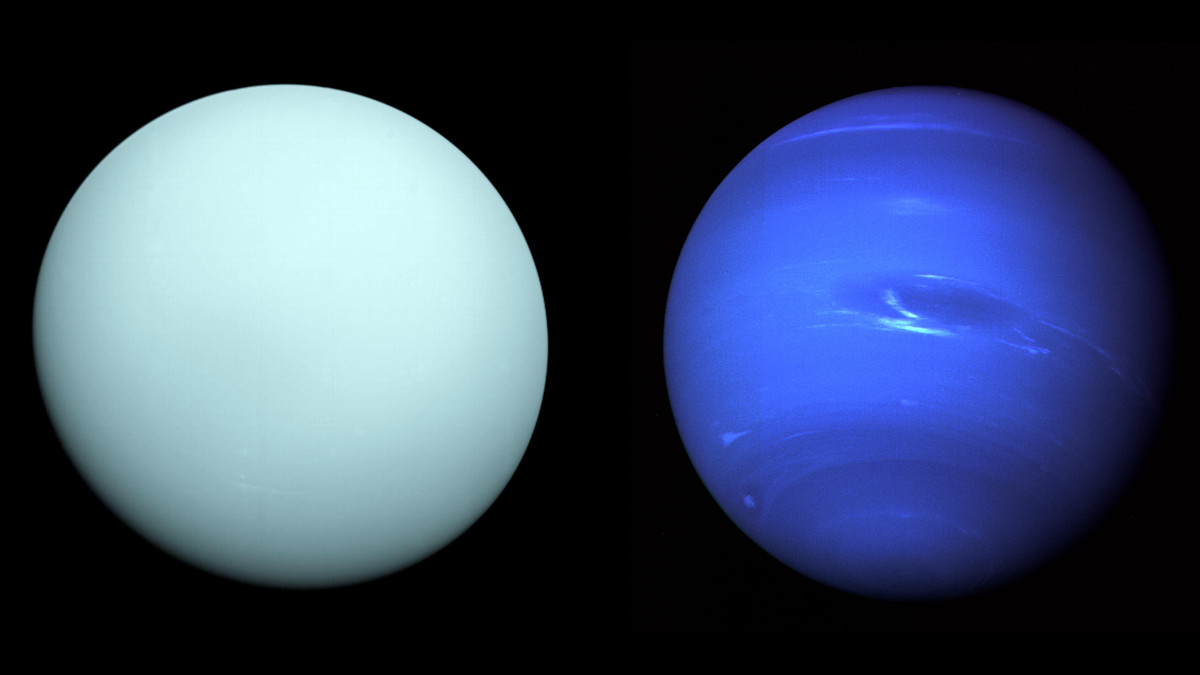…Except for Mab, which is even weirder than expected.
Uranus
Tiny Uranian Moon Likely Had a Massive Subsurface Ocean
Ariel’s tempestuous subsurface ocean may have once composed more than half its total volume.
Straightening Out Uranus’s Magnetosphere
New analysis of Voyager 2 observations shows that the craft arrived amid gusty solar wind, muddying our ideas about the giant planet.
Investigating Origins of CO2 Ice on Uranian Moons
A new study investigates the role of volatile migration in the unique Uranian thermal environment.
A Mission to Uranus Requires a Community-Building Effort on Earth
Planning the first mission to Uranus since the 1980s offers an opportunity to build a diverse, interdisciplinary team that spans generations.
Studying the Mystery of Uranus’s Curiously Weak Radiation Belts
The belts may not be weak at all—instead, they may be simply changing speed thanks to the planet’s asymmetric magnetic field.
Uranus: Time to Boldly Go
Scientists say now is the time to unlock the secrets of Uranus and suggest a low-cost, low-risk way to do so.
A Mission to Uranus Could Help Find Planet 9
Narrowing down the search is essential for gaining time on a high-powered telescope that could spot the hypothesized planet directly.
What Surprises do the Icy Uranian Moons Hold?
With efforts ramping up to send a spacecraft back to the Uranian system, anticipation is increasing as to what geological surprises are hiding inside and on the surfaces of the icy Uranian moons.
A Unified Atmospheric Model for Uranus and Neptune
In a new model, three substantial atmospheric layers appear consistent between the ice giants.

